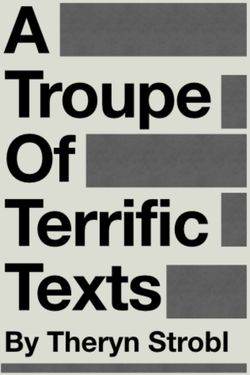In the latest PLP project we learned all about the dawn of atomic energy: the manhattan project, Oppenheimer, Hiroshima, Nagasaki, and so much more. Half of the class also ventured out to the birthplace of nuclear bombs: Albuquerque, New Mexico, to experience firsthand what happened there and capture media for the final product of this project, a book about the historical significance of the manhattan project.
This project started with a trip to where the first ever nuclear bombs were invented: Albuquerque New Mexico. This trip was not only an absolute blast, but we also learned s much valuable information firsthand. We visited the Trinity test site (where the first ever nuclear bomb was detonated), the los alamos lab were even today the military still innovates technology, the white sands missile range, and so much more. This trip not only gave us trivial information about the bomb’s development, but also gave insights on the cultural and economical impact present in the towns and people closest to where it happened.





The final product of this project was a book centered around one claim your group decides on (pertaining to nuclear energy of course). After lots of carful thought, our group’s claim was “The Manhattan Project is the reason the science of nuclear fission and fusion are creating positive change in our world today.” I actually disagreed with the assertion our claim makes, but we stuck with that claim regardless.
We wanted our book to feel like you’re reading and watching snippets from a bunch of movies, ads, and magazines. I was in charge of visual direction and I also created almost all the assets the book uses. I also helped edit and fact check every page of the book. Here are some of the pages I am most proud of. (I also wrote one of the top one’s magazine snippets)










Once we got through many rounds of tweaks, peer feedback, and revisions, we finally finished our book. I am very happy with the final result, but I think my group took it in a bad direction. Since our claim only talks about the good of the manhattan project (which is very little by the way) we have much more trouble filling up the ludicrous amount of pages we decided to add, and also make most sections of the book purposeless.
Overall, this has been one of, if not the best PLP project I’ve ever done. I loved learning about the rich history of the bombs and all the struggles that were involved making them, plus getting as close to the history ad possible with the field study gave it a quality I haven’t seen in any other projects (maybe loon lake). I just regret the direction our book went because I feel it didn’t accurately represent or show all the interesting parts of the manhattan project and nuclear bombs in general.
Thanks for reading my post! Stay tuned for the nest post where I learn how to debate like a boss. Bye bye now.













































